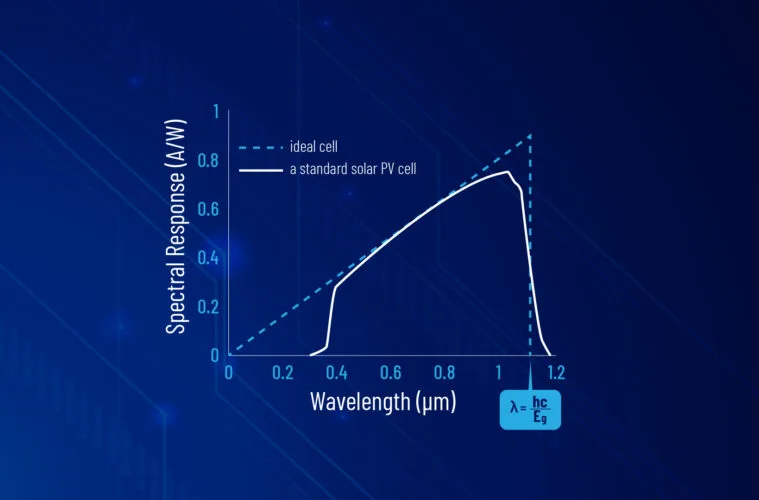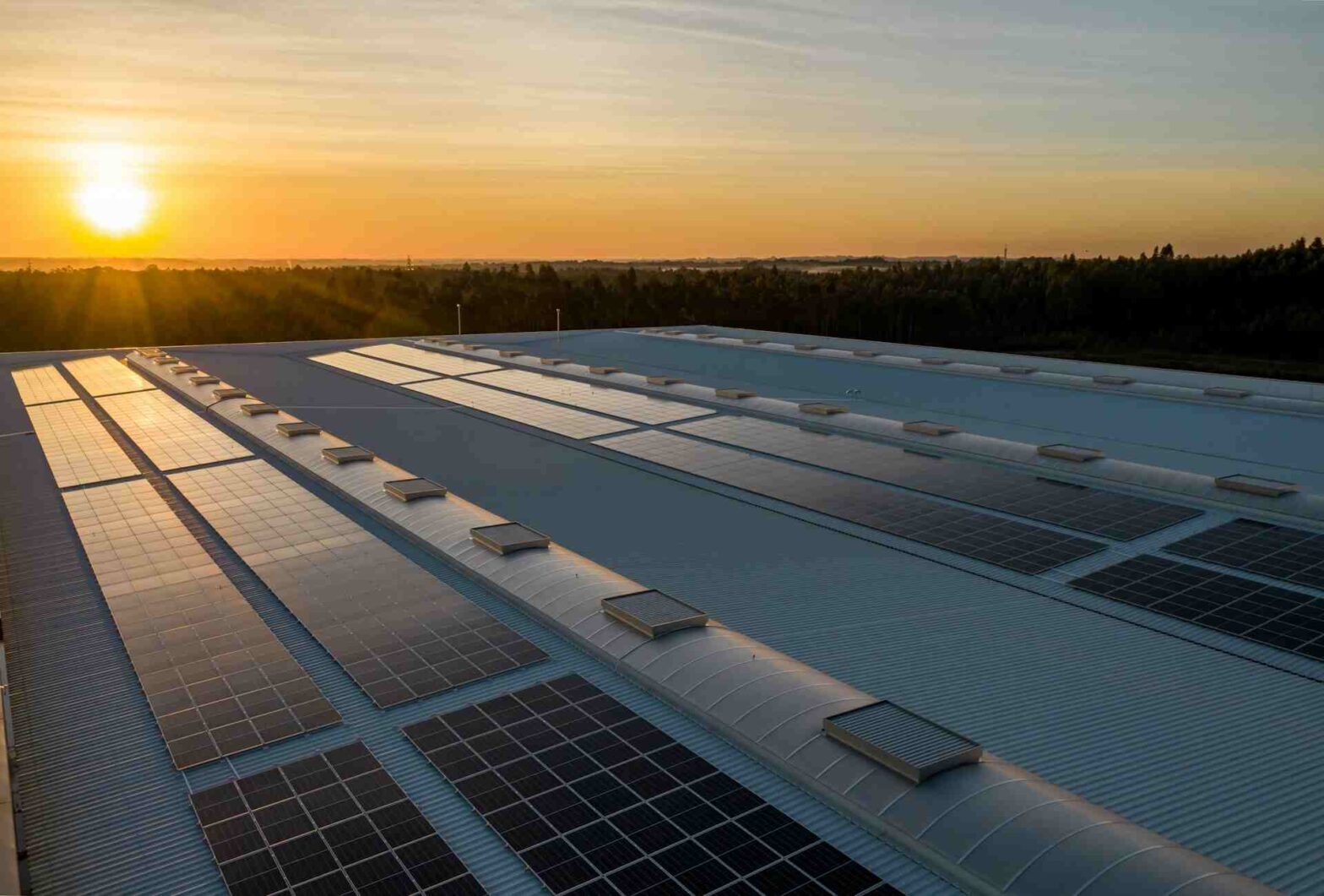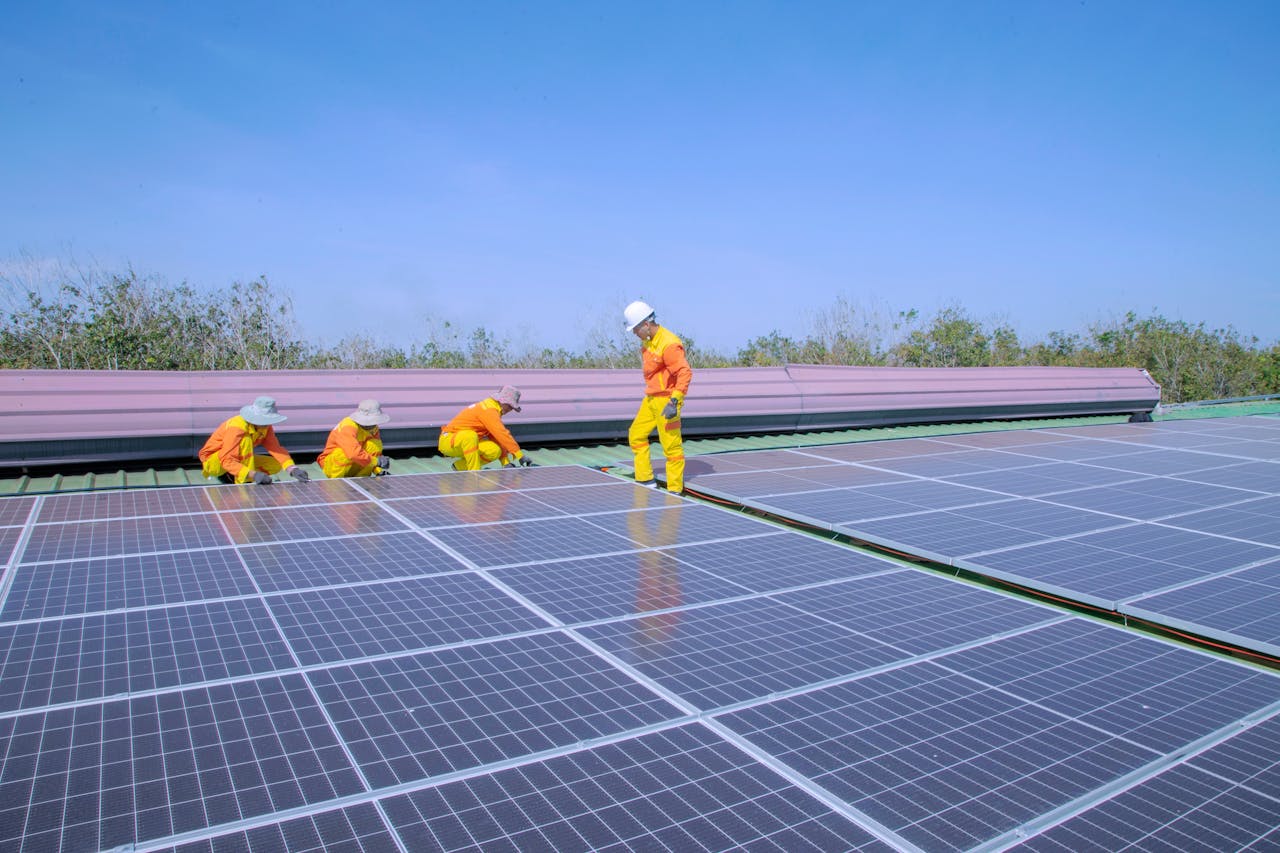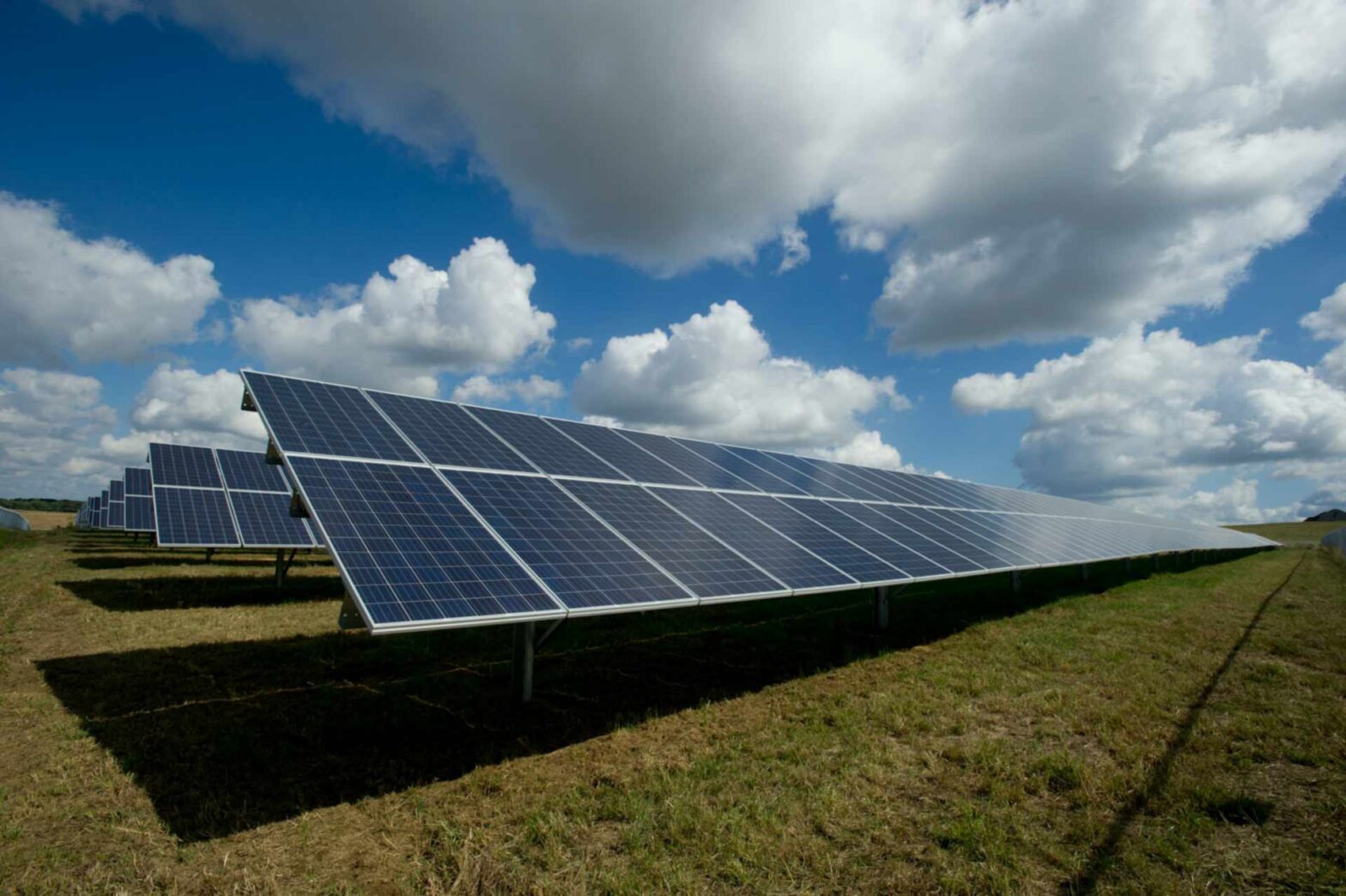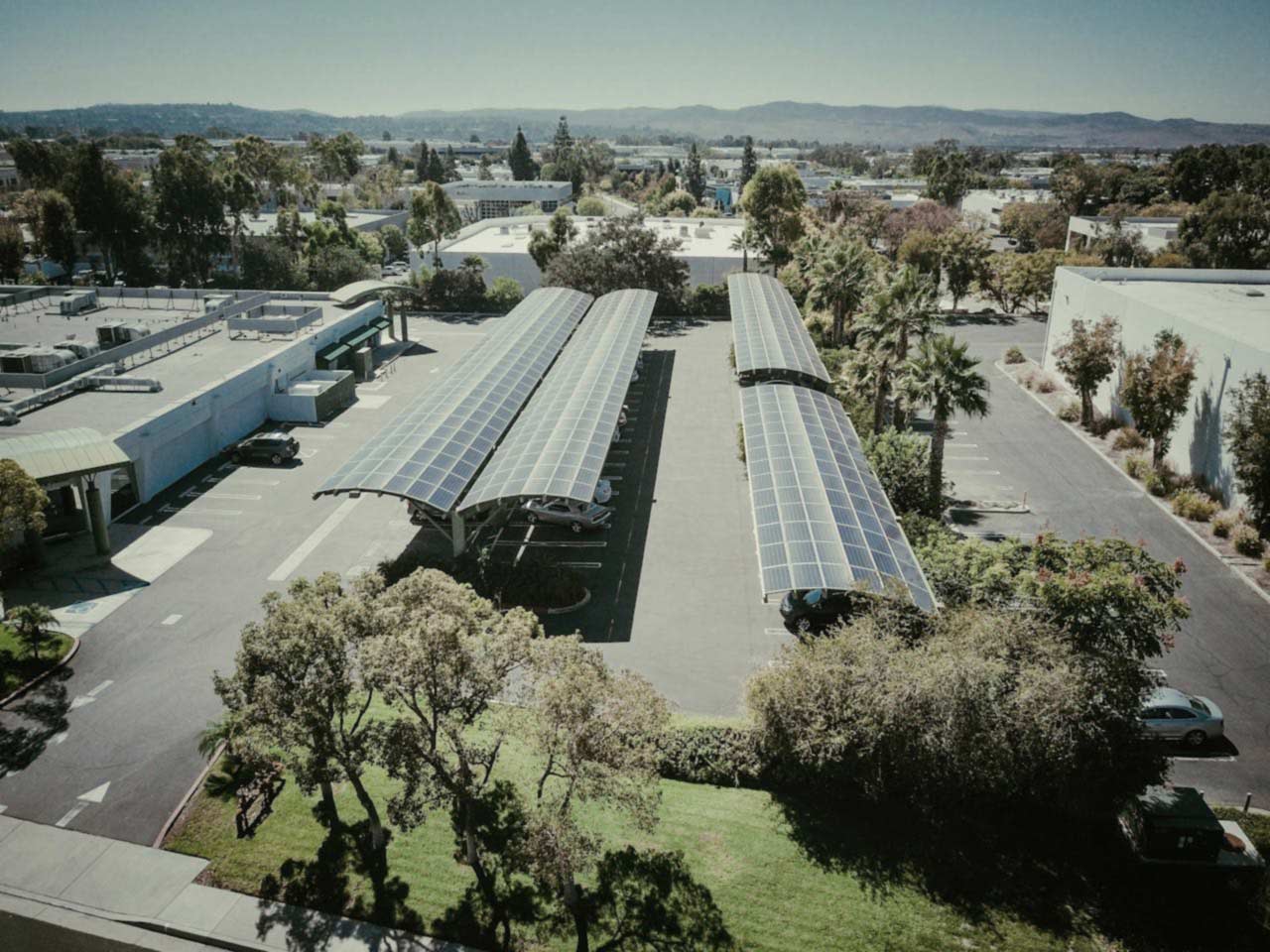Understanding Spectral Response in Solar Modules
Spectral response measurements are important in assessing the efficiency of solar modules based on energy conversion and how different light wavelengths affect them. This principle stems from the photoelectric effect, which occurs when photons strike the surface of a material and release charge carriers, producing a current. In a solar module, photons interact with the semiconductor material and promote electrons from the valence band to the conduction band, thus generating a photocurrent. This effect, discovered by Albert Einstein, won him a Nobel Prize and was the genesis of solar technology.
What is Spectral Response?
Spectral response refers to the measure of how a material reacts to incident light across various wavelengths, playing a critical role in understanding the performance of materials like solar modules. It is often quantified using metrics such as radiant sensitivity, quantum efficiency, and specific detectivity. Among these, quantum efficiency is widely used in solar energy studies, representing the ratio of photons absorbed to photoelectrons generated in the output current. Another key metric, External Quantum Efficiency (EQE), measures the ratio of charge carriers collected by the module to the number of incident photons at a specific energy level.
By analyzing the EQE map of a solar module, researchers can gain valuable insights into its efficiency and overall performance. Understanding spectral response is essential for optimizing materials and technologies in solar energy and other light-sensitive applications.
How Spectral Response Affects Solar Module Performance
Concerning solar modules, spectral response is defined as the ratio of short-circuit current density to incident illumination power as a function of wavelength. Typically the current is in the micro- to milliampere range. When plotted, the spectral response of a solar module will start at around 300 nm and, after going through a series of spikes and dips, will peak at 700 nm. There will be a dramatic drop in response at 1100 nm – this is the maximum wavelength of light for silicon. The uneven nature of the response is since silicon atoms respond efficiently when exposed to specific wavelengths but not as consistently with adjacent wavelengths.
Studies show that the influence of module temperature, has more impact on polycrystalline silicon modules than the solar spectral effect. In particular:
Polycrystalline silicon modules exhibit 15%-20% effect of temperature on performance, while the effect of spectrum is not greater than 3%.
On the other hand, in amorphous silicon modules, the temperature effect accounts for 8%, while the spectral effect equals 12%.
Improvements of Solar Cells Technology
A solar module is made up of individual solar cells connected in series. The solar cells themselves are made up of silicon, a semiconductor. When sunlight is incident on solar cells, the electrons in the valence band of the silica that constitutes the solar cells are excited into the conduction band, triggering electron flow. PV cells wherein only photons that have energy equal to or greater than the bandgap of the cell material can trigger current flow are known as single-junction PV cells.
The disadvantage of these cells is that lower energy photons do not trigger any current flow. To employ the energies of these lower-energy photons, multiple (two or more) different cells may be used, thereby bringing multiple band gaps and junctions into play. Such cells have improved efficiencies, as they convert a larger fraction of the incident sunlight into electrical energy. A majority of such “multijunction” cells use gallium arsenide independently, or in conjunction with other materials.
Conclusion
In addition to technology, improvements to specific components and structures in existing technology can provide better efficiency on solar modules or other solar panel configurations. Due to continuous development and emerging advances in research, the potential for solar energy utilization is increasing.
As the use of multijunction solar cells increases, the prospect of improved efficiency for the renewable industry seems very close. This will result in reimagining renewable energy as more affordable and accessible.
Partner with a Leading Solar Energy Company
Looking for solar energy solutions to power your business efficiently? Enerparc, a trusted name among solar energy suppliers, offers cutting-edge solar solutions tailored to your needs.
Explore our innovative solar technologies and take a step towards sustainable energy. Visit Enerparc today!
